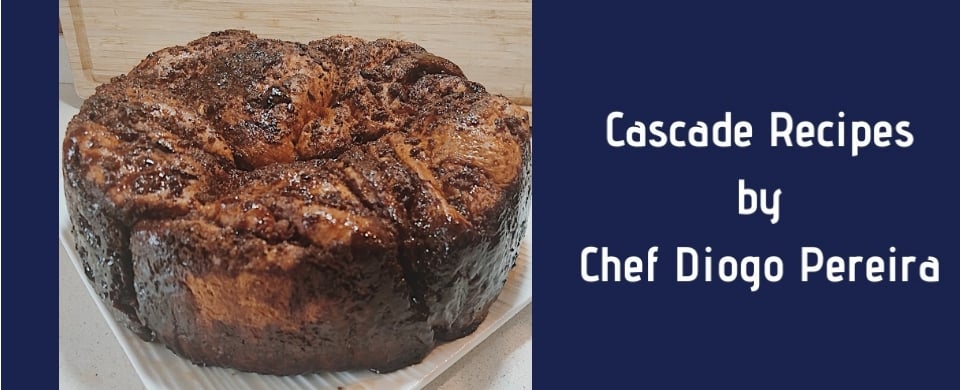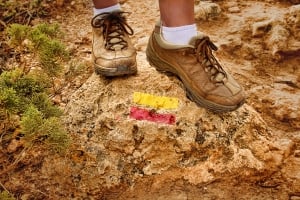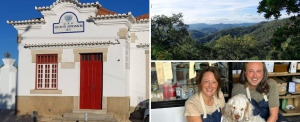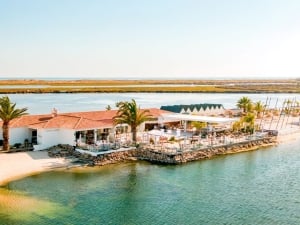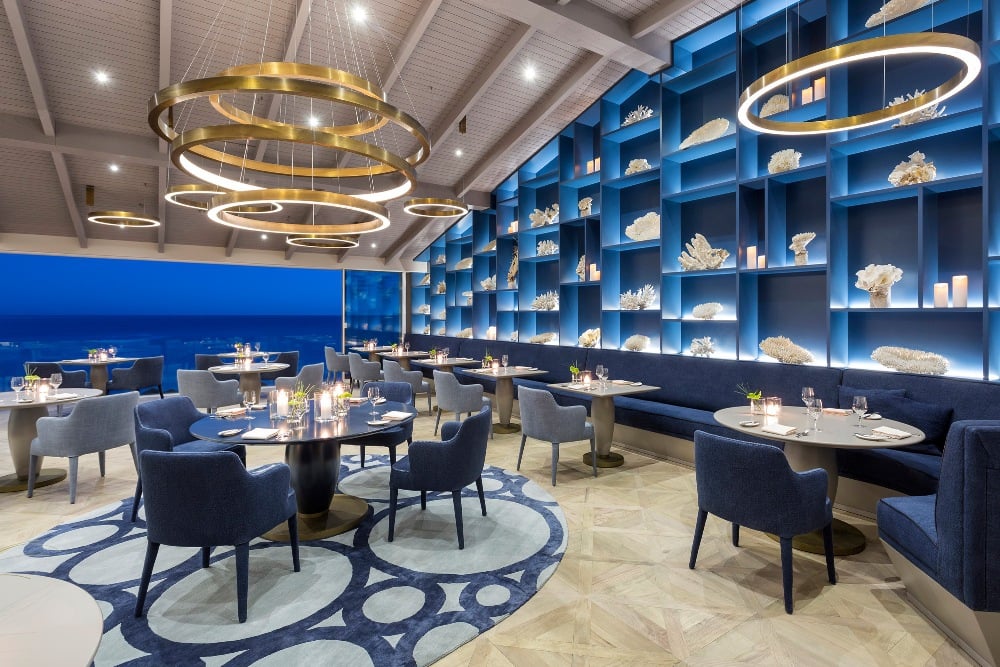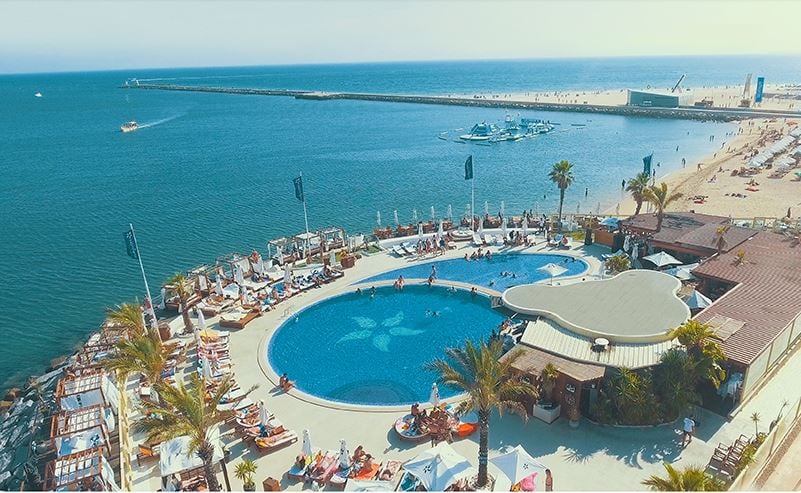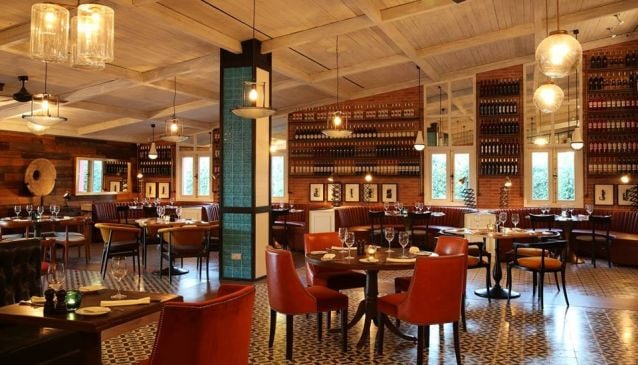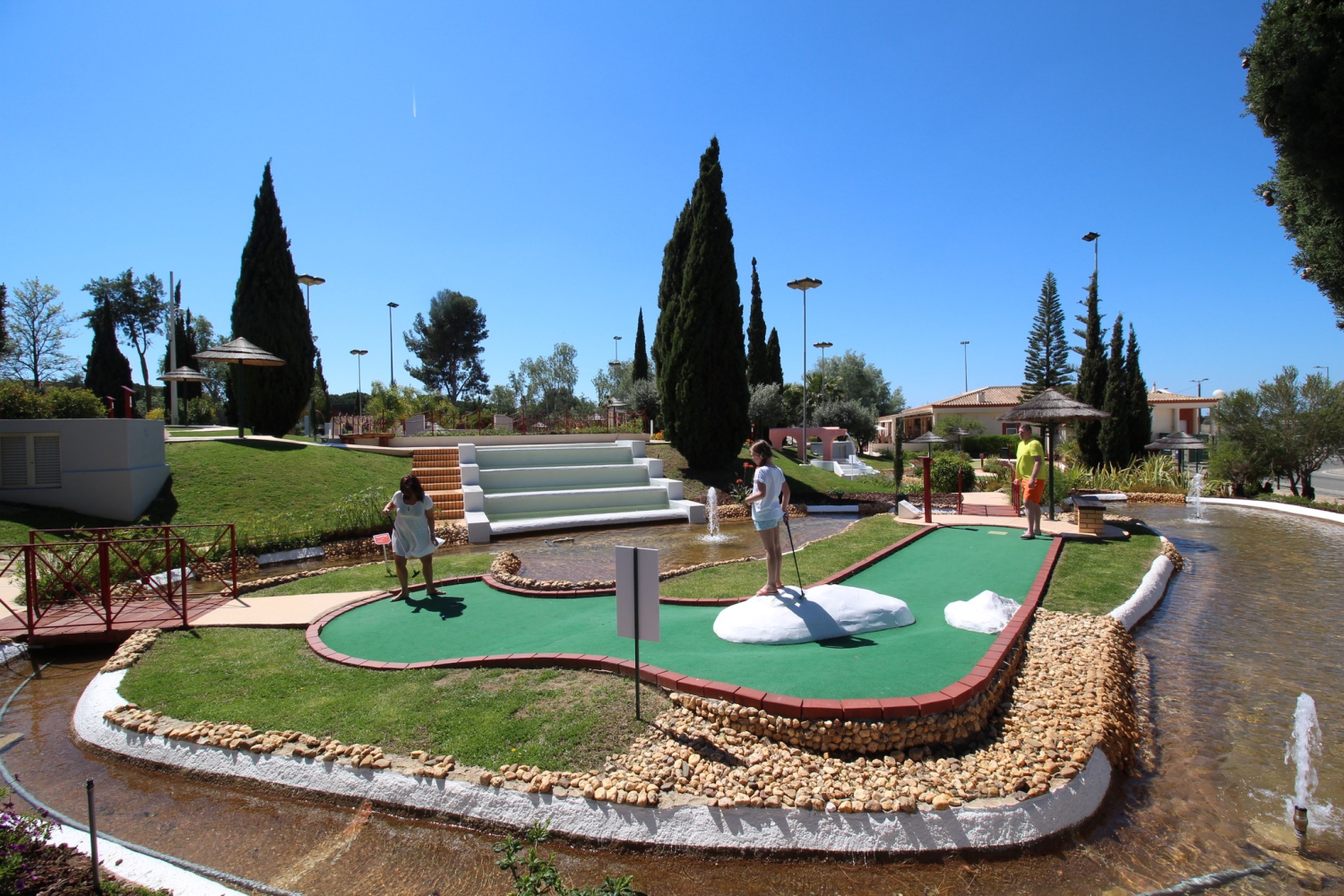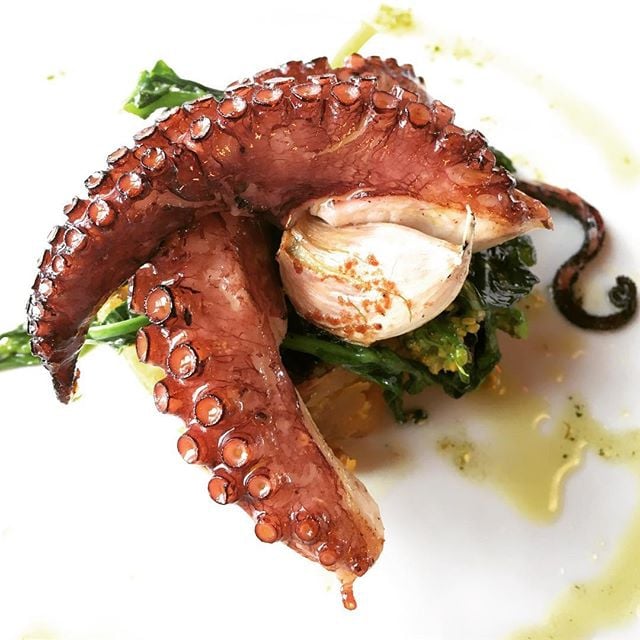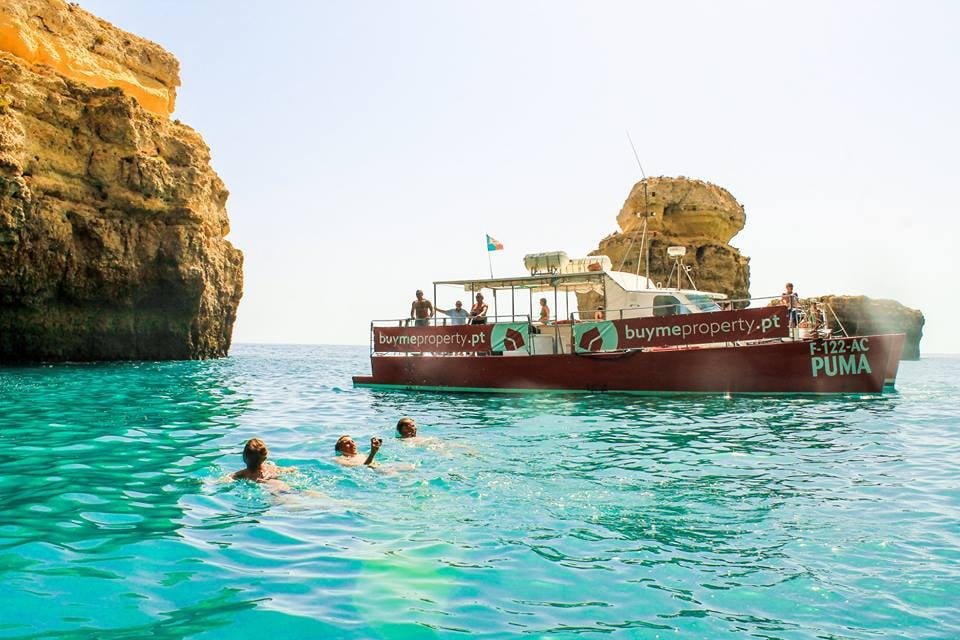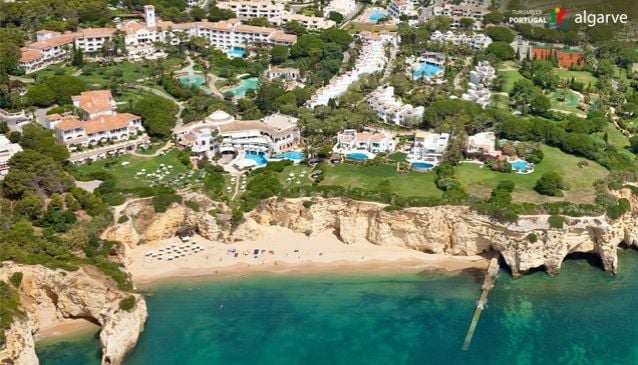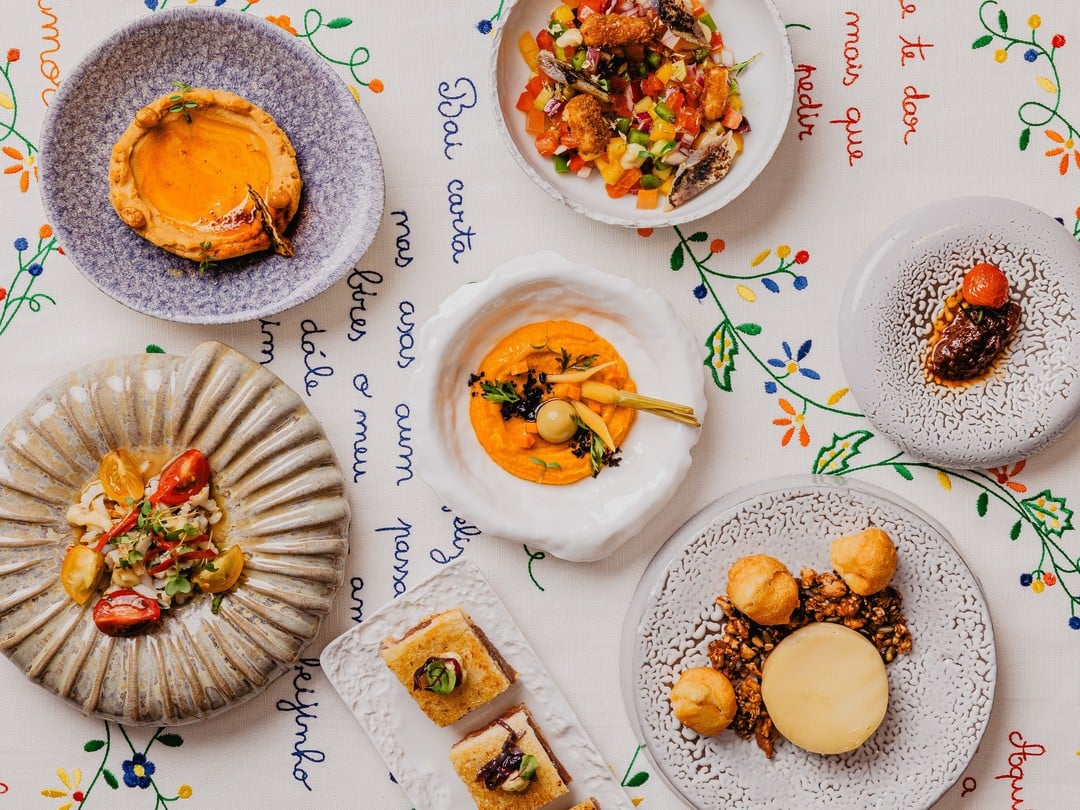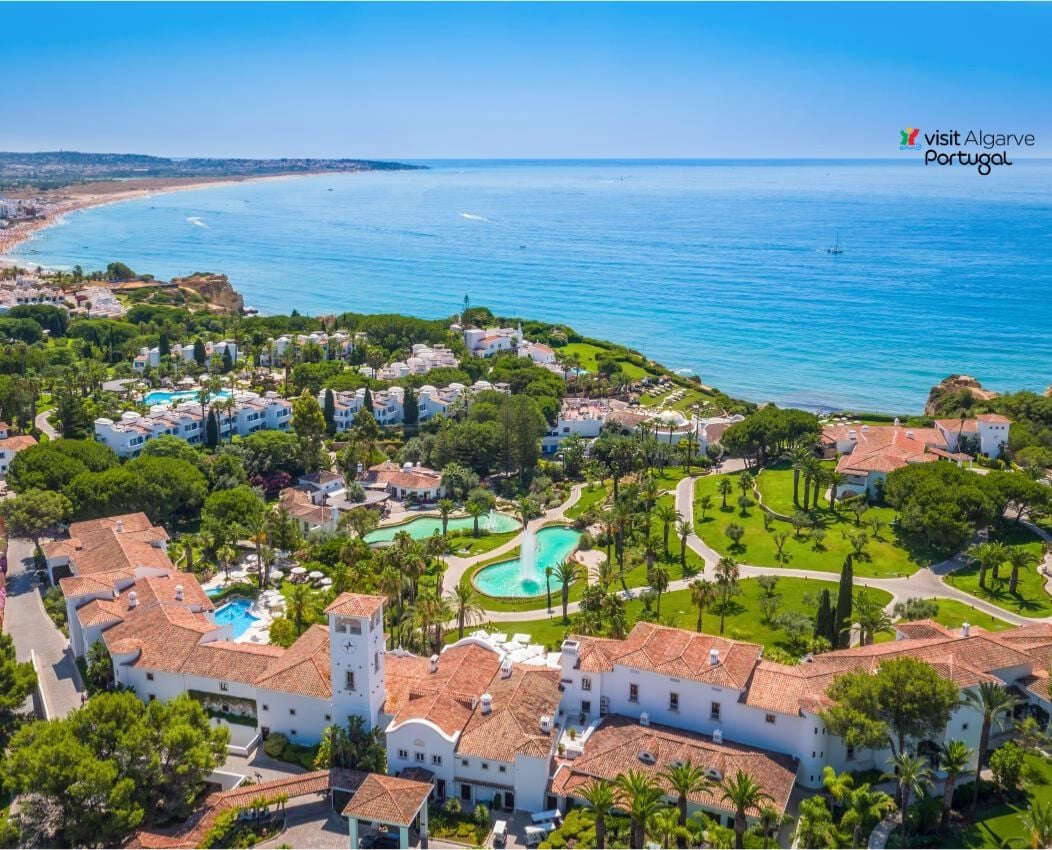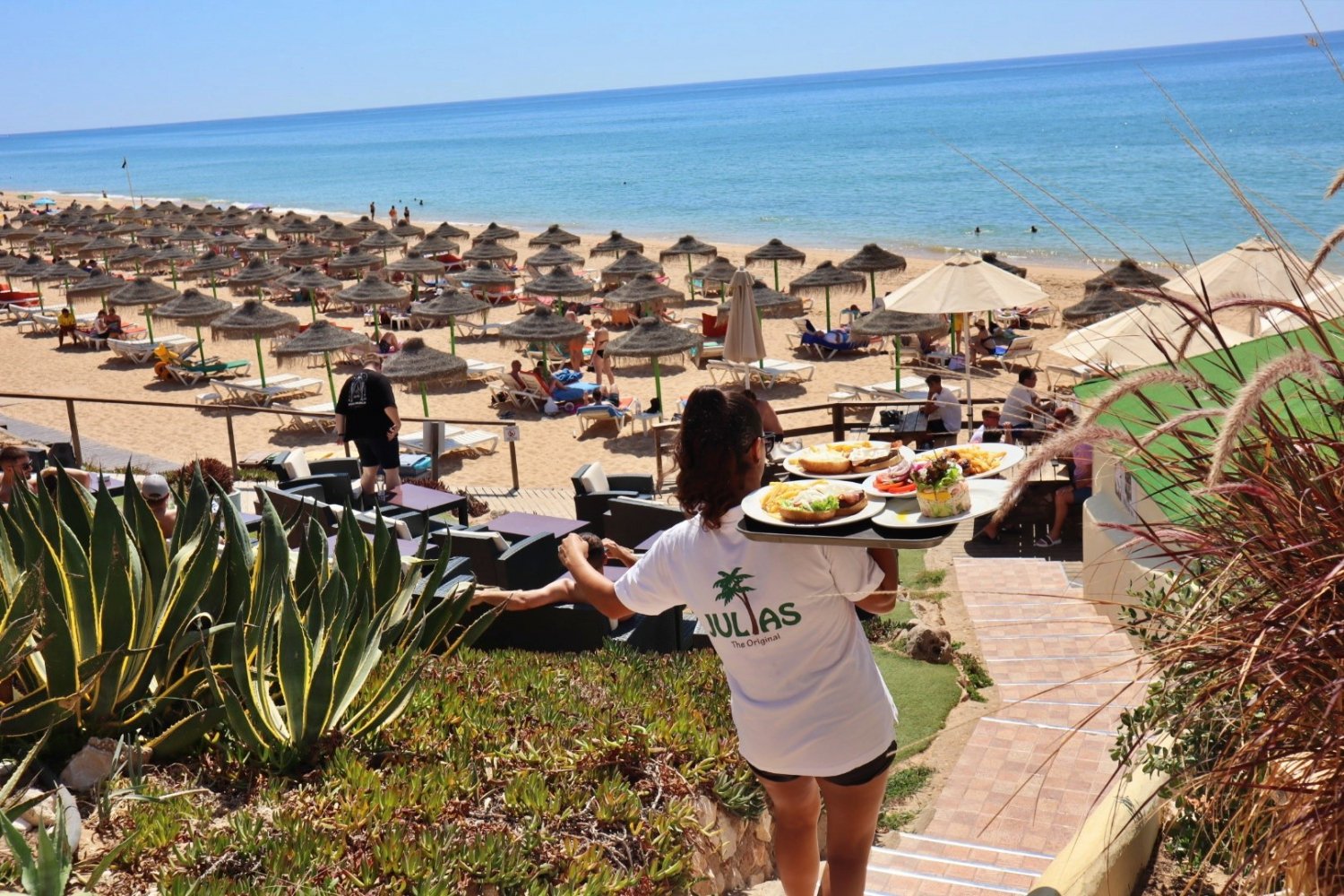Recipe: Traditional Algarve Folar
Cascade Recipes by Chef Diogo Pereira
Book Top Experiences and Tours in Algarve:
If youʻre booking your trip to Algarve last minute, we have you covered. Below are some of the top tours and experiences!- Albufeira: Coastline and Benagil Caves Tour by Catamaran
- From Albufeira: Full-Day Wine Tasting Tour with a Guide
- Algarve: Landscapes, Pottery, and Winery Tour
- Algarve: Krazy World Interactive Park Entry Ticket
- Albufeira: Half-Day Algarve Jeep Safari
This recipe for a traditional Algarve Folar is from Chef Diogo Pereira at Cascade Resort. Located in Lagos, next to the bewitching beauty of Ponta da Piedade, Cascade offers hotel, apartment and villa holiday and wellness experiences. Set within spacious grounds, and with amazing ocean views, Cascade's setting is unbeatable.
Check out this list of top Portuguese foods to whet your appetite.
Find more Portuguese food recipes.
Traditional Algarve Folar
Ingredients:
Infusion for dough
Water (0.5 l)
2 lemon peels
3 Cinnamon sticks
Grain fennel (5 g)
2 Star Anise
Sugar mix
Yellow sugar (125 g)
Cinnamon Powder (6 g)
Fennel (2.5 g)
1 lemon zest
Folar dough
Brandy (21 ml)
Fine Salt (8 g)
Butter (0.430 kg)
Dry Yeast (36 g)
Infusion (0.365 l)
Flour 55 (1.825 kg)
Lard (0.220 kg)
Orange Juice (0.365 l)
Preparation:
Infusion: Boil the ingredients mentioned.
Sugar mix: Add the ingredients in a bowl.
Dough for the folar: Mix the dry ingredients, add the fats at room temperature and the infusion and knead everything until obtaining a homogeneous dough.
As you knead, add the orange juice little by little until you get a dough similar to bread dough (it should not be too hard or too soft). It may not be necessary to add all orange juice.
Then let the dough rise, covered with a damp cloth in a warm place or in the oven at low temperature 40ºC/50ºC.
Roll out the dough, sprinkle well with the sugar mixes and roll.
Cut the dough in four equal parts and arrange in a round shape greased with butter and sugar, leaving the ends of the 4 parts facing up, together, and sprinkle the remaining sugar mixture over the folar.
Bake at 170C for 40/50 minutes.
You can also place a raw egg, in its shell, inside the dough, according to tradition.



